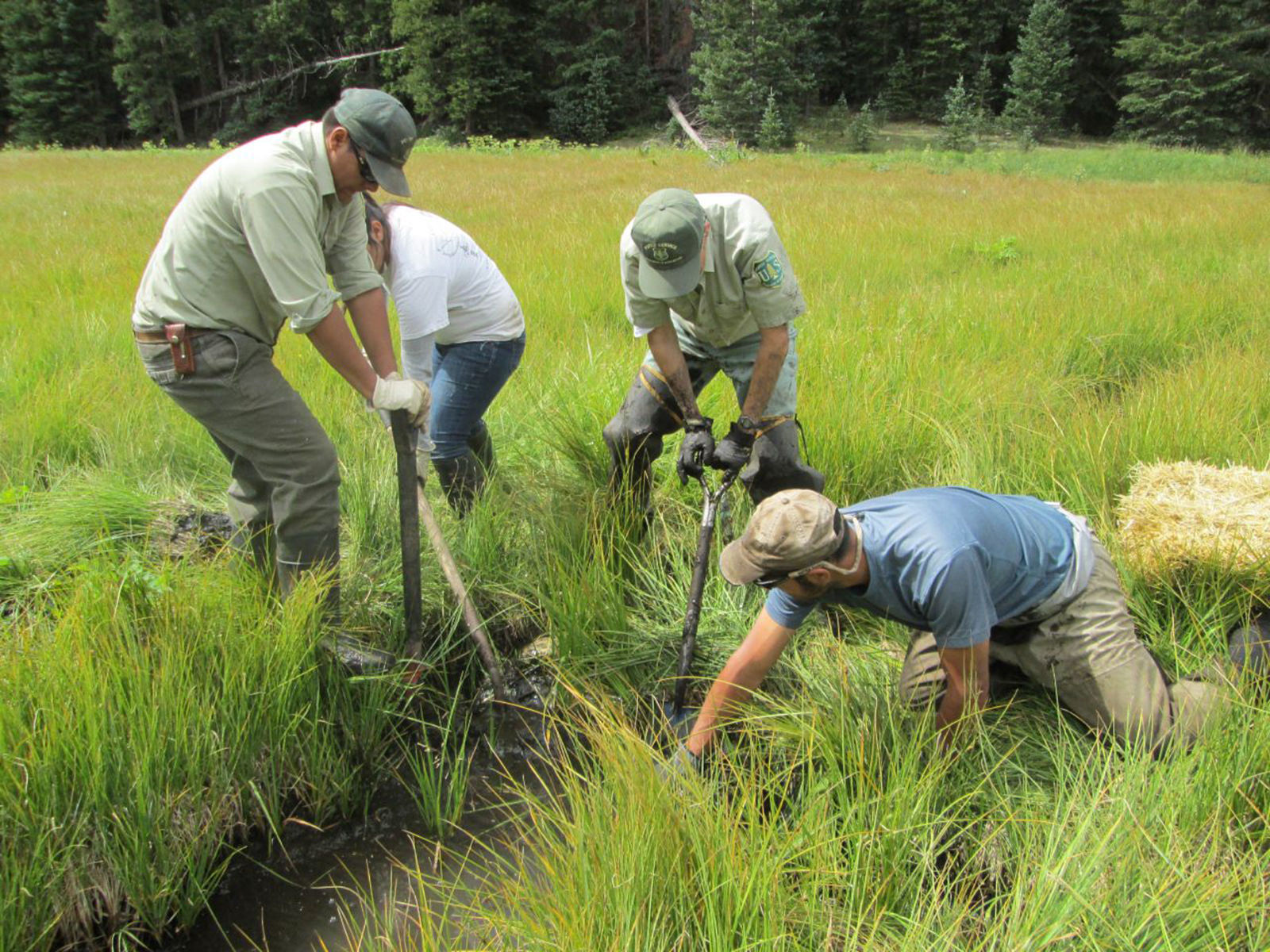The Delaware River watershed covers more than 34,965 km2 (13,500-mi2) in New York, Pennsylvania, New Jersey, and Delaware. On April 1, the William Penn Foundation awarded $35 million in grants, launching a multi-year initiative to protect and restore critical sources of drinking water for 15 million people, many in major cities. More than 40 national and regional environmental organizations are aligning their work to protect land, restore streams, test innovative approaches in ecologically significant places, and monitor results over time.
Projects will protect more than 12,141 ha (30,000 ac) and will include more than 40 restoration projects. The program will also pilot new incentives for landowners and businesses, provide replicable models for other locations in the watershed, and develop long-term water quality data for the watershed at an unprecedented scale.
In addition to being a major source of drinking water, the watershed supports an array of water-related economic enterprises valued at $25 billion per year, as well as significant wildlife habitat. Watershed health is threatened by deforestation from commercial, residential, and energy development as well as agricultural and urban runoff.
The Academy of Natural Sciences of Drexel University (Philadelphia) will provide data that will help initiative partners make more informed, evidence-based decisions. Using this data, partners will systematically determine where and how to allocate funds for optimal conservation impact while also laying the groundwork for future investment. The initiative identifies eight regional “clusters” of sub-watersheds, constituting approximately 25% of the total Delaware River Basin across four states, where analysis has shown that investment in targeted efforts to protect or improve water quality could deliver significant returns.













